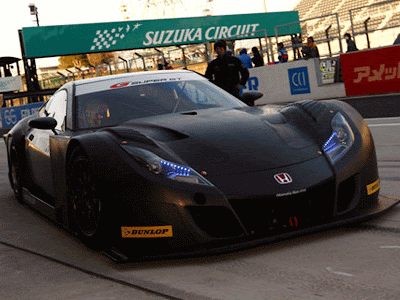From there, the company will go on to celebrate at Goodwood’s Revival and Festival of Speed, the Pebble Beach Concours d’Elegance, the Nurburgring Old Timer Grand Prix and many other Jaguar customer, dealer and lifestyle events around the globe.
This is what Jaguar’s MD Mike O’Driscoll has to say about the car…
It was a sensation when it was launched, and remains Jaguar’s most enduring and iconic symbol. The E-Type is simply one of the most exciting cars ever created and a legacy to the genius of Jaguar’s founder, Sir William Lyons.Ian Callum, Jaguar Design Director, said...
It is impossible to overstate the impact the E-Type had when it was unveiled in 1961. Here was a car that encapsulated the spirit of the revolutionary era it came to symbolise. The E-Type is a design that even today continues to inform the work we do in styling the Jaguars of the future.High iconic status
The Jaguar E-Type set new standards in automotive design and performance when it was shown in 1961, and its authority is still obvious in Jaguar’s modern line-up. To speak of its popularity, the E-Type has got a permanent spot in the New York Museum of Modern Art. In March 2008, the Jaguar E-Type ranked first in Daily Telegraph’s list of the “100 most beautiful cars” of all time. In 2004, Sports Car International magazine placed the E-Type at number one on their list of Top Sports Cars of the 1960s.
A look back – Interesting facts:
On its release Ferrari founder Enzo Ferrari called it “The most beautiful car ever made.”
• The E-Type was presented to the world’s press at the restaurant du Parc des Eaux Vives in Geneva on March 15, 1961. It was initially designed and shown to the public as a grand tourer in two-seater coupé form (Fixed Head Coupé) and as convertible (Open Two Seater). A 2+2 version of the coupé was added in 1966.
• The E-type’s straight-six engine got Jaguar five Le Mans victories in the 1950s and by 1961, in 3.8-liter form produced 265bhp and 260lb ft of torque, making the car a genuine 150mph proposition and like its XK120 predecessor, the fastest production car in the world.
• At launch, the E-Type cost £2,256, which translates to £38,000 as of today.
• The E-Type’s stunning bodywork was the work of Malcolm Sayer, an aeronautical engineer by training. He began his career at Jaguar by creating two classic racing machines, the C- and D-types.
• The E-type remained in production for 14 years, selling more than 70,000 units, which make it Europe’s first mass-produced sports car.














No comments:
Post a Comment